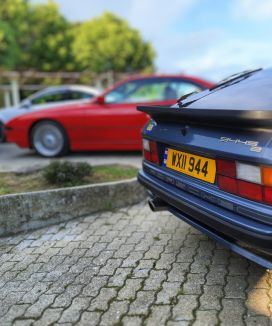Will the Jaguar F-Type Become a Classic?
Table of Contents
The Jaguar F-Type is a vehicle that has captured the hearts of driving enthusiasts and collectors alike since its debut.
With its formidable performance and beautiful curves, the F-Type is a modern homage to Jaguar’s rich legacy of speed and elegance.
Yet, as the earliest models have seen depreciation make them more attainable, a question arises in the minds of classic car aficionados: Does the Jaguar F-Type hold the potential as a savvy investment?
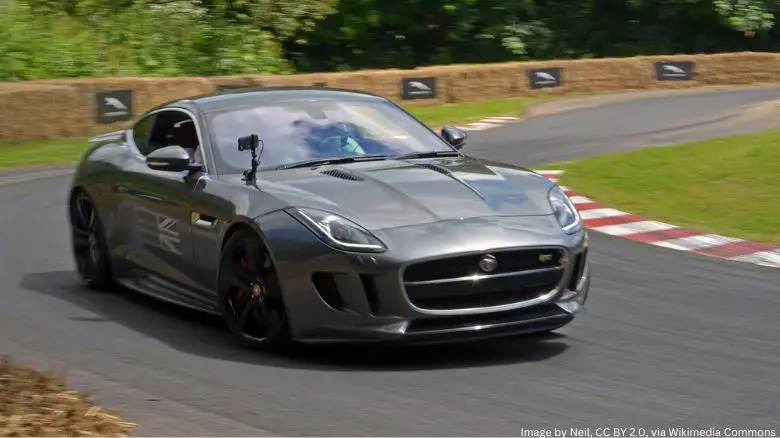
The Jaguar F-Type: A Brief Overview
In 2013, the automotive world was graced with the introduction of the F-Type, a vehicle that marked a return to the sports car roots for one of Britain’s most iconic marques.
Designed with a nod to the legendary E-Type, the F-Type was envisioned to embody the perfect blend of contemporary performance and classic Jaguar aesthetics.
Its debut heralded a new chapter in Jaguar’s storied history, offering a modern interpretation of the brand’s dedication to beauty, power, and driving pleasure.
The F-Type’s lineage includes a variety of models and variants, each with its own character and appeal.
From the purring V6 engines to the thunderous V8s, the range offers a spectrum of experiences, tailored to cater to the diverse tastes of driving enthusiasts.
Among these, the F-Type R, with its 550-hp supercharged V8, stands out for its intense performance, making it a prime candidate for future collectability.
Similarly, the F-Type SVR, which elevates the performance ante with 575 hp and a top speed of 200 mph, presents itself as not just a pinnacle of engineering but as a potential icon in the making.
Special editions, such as the Project 7, pay homage to Jaguar’s racing heritage and are limited in production, adding an extra layer of exclusivity and desirability.
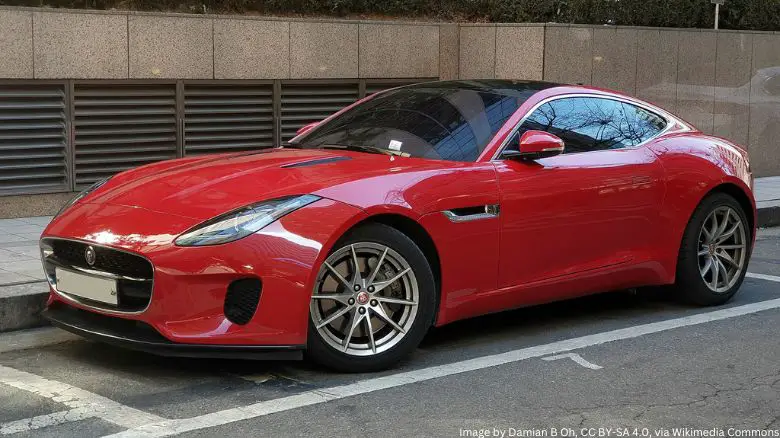
These limited-run models, often featuring unique design cues and performance upgrades, are particularly appealing to collectors for their rarity and historical significance.
But of course, these special editions come with a price tag to match their rarity. But what about the earliest V6 models? They’re well within reach…
Market Analysis: Depreciation and Demand
With the F-Type being a relatively modern car in comparison to those I normally write about, the trajectory of its value over time is still a picture of depreciation, mirroring the lifecycle typical of high-performance sports cars.
Initially introduced with a price tag that reflected its status as a luxury sports car, the F-Type has seen a gradual depreciation, making it increasingly accessible to a broader audience.
Specifically, prices for the original V6 models have seen a significant drop, with the lowest figures hovering around the $20,000 (£16,000) mark.
For those seeking a decent example of these early V6 models, the going rate ranges between $25,000 to $30,000 (£20,000 to £23,500), offering a more attainable entry point into the world of Jaguar ownership.
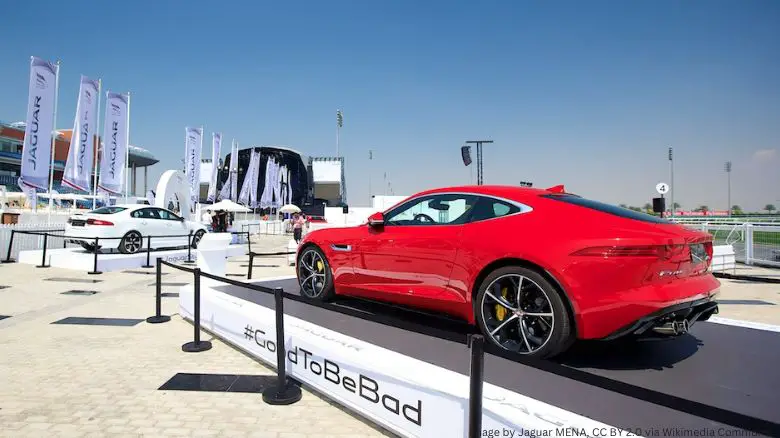
This depreciation curve is not unique to the F-Type but is part of a broader narrative that includes other Jaguars that have transitioned from contemporary models to classic status.
Models like the Jaguar E-Type and the XK series experienced their own journeys through market fluctuations before ascending to their current positions as coveted classics.
These vehicles initially faced depreciation but eventually saw a resurgence in value, driven by their historical significance, design, and rarity.
The F-Type’s current depreciation phase could very well be the precursor to a similar upward trend in demand and value, although admittedly this isn’t unlikely to be for a while yet.
Why Could the F-Type Become Collectable?
Several factors play pivotal roles in influencing the F-Type’s collectibility and investment potential.
Rarity is a critical element; limited edition models or those with low production numbers often become the most sought after.
With the F-Type remaining in production until 2024, rarity of the base models won’t become a factor until much later down the line, when cars start dropping out of the market.
The fact that the F-Type pays homage to one of the most famous classic cars in history, the E-Type, also bodes well for its future potential.
If there’s one thing car collectors love, it’s nostalgia. And the F-Type is the perfect way to experience classic Jaguar sports car prowess wrapped up in a modern shell.
Even without the E-Type links, the Jaguar brand in itself is perhaps enough for the collectors of the future to sit up and take note of what has been described as “a brilliantly proportioned piece of design”.
Investment Potential: The Jaguar F-Type’s Future Appeal
The allure of the Jaguar F-Type as a future classic and a savvy investment lies not just in its breathtaking aesthetics or thrilling performance, but in its nuanced appeal to collectors and enthusiasts who see beyond the present to the car’s future legacy.
Standout Models for Investment
When considering the Jaguar F-Type for investment purposes, certain variants stand out for their unique appeal:
- F-Type R and SVR: These models, with their superior performance specs and limited production numbers, represent the pinnacle of F-Type engineering and design. Their power, combined with Jaguar’s luxurious craftsmanship, sets them apart as likely candidates for future appreciation.
- Manual Transmission Models: A rarity in today’s market, F-Types equipped with a manual transmission offer a more tactile and engaging driving experience. Such models resonate with purists and are anticipated to become increasingly sought after as manual cars become less common.
- Special Editions: Limited edition models like the Project 7, which pays homage to Jaguar’s racing heritage, are inherently rare and possess a built-in scarcity that enhances their collectibility and long-term value.
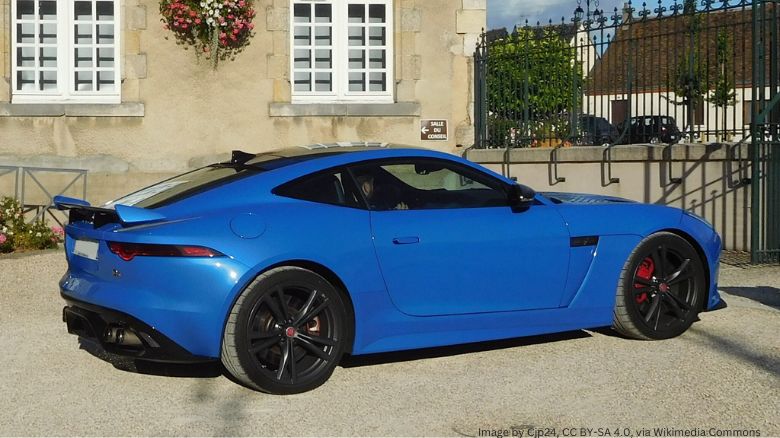
Condition, Mileage, and Provenance: The Triad of Value
The investment potential of an F-Type – or any classic car, for that matter – is significantly influenced by its condition, mileage, and provenance:
- Condition: A well-preserved F-Type that appears nearly as pristine as the day it rolled off the production line is more likely to appreciate in value. Attention to maintaining the car’s physical and mechanical integrity is paramount, as is ensuring that all original parts and finishes are retained wherever possible.
- Mileage: Low mileage is often synonymous with a higher value, as it suggests limited use and, by extension, minimal wear and tear. Cars with fewer miles on the odometer are generally preferred by collectors and investors, as they are closer to their original state.
- Provenance: The car’s history plays a crucial role in its desirability. An F-Type with a well-documented history, including ownership and maintenance records, can be more valuable. A notable previous owner or a unique story can also add to its allure and investment potential.
Of course, these factors apply to many potential future classic cars. But why am I writing this article now?
It’s not because I think the F-Type is suddenly going to start taking off in value any time soon. Of course it’s not.
But its depreciated price means it offers an incredible drive for a very attainable amount of cash. So if you’re looking for a sports car to enjoy long-term, with an eye on future value 10-20 years or so down the line, then this could be the one for you.
It offers a realistic opportunity to own, drive, and treasure an extremely well renowned British sports car for a number of years, while providing a good chance of selling it on for a profit in the future.
Risks and Considerations
Buying an F-Type, like any classic or luxury car investment, carries its own set of risks and considerations.
Understanding these potential pitfalls is essential for anyone looking to navigate the market successfully.
Potential Risks
- Maintenance Costs: High-performance vehicles like the F-Type often come with elevated maintenance and repair costs. Their sophisticated engineering and luxury components can result in expensive upkeep, especially as the vehicle ages.
- Further Depreciation: While certain models of the F-Type have potential as future classics, there’s always a risk of further depreciation. Market trends can shift, and what’s desirable today may not hold the same appeal tomorrow.
- Market Volatility: The classic car market can be unpredictable, influenced by economic factors, changing tastes, and emerging trends. This volatility can affect the F-Type’s investment potential, making the market a bit of a gamble.
Here are some F-Type running costs to consider:
- Fuel Economy: V6 versions can achieve up to 30mpg if driven gently, while V8 versions typically do not exceed 20mpg.
- Servicing: Service costs range between £380 ($500) and £550 ($700).
- Insurance: High insurance group ratings apply. Newer models may still be covered by Jaguar’s optional five-year service plan.
- Parts: Jaguar F-Type parts are generally available through Jaguar dealerships and specialized auto parts suppliers, although as a luxury sports car, the cost of parts can be higher than average
Mitigating Risks
To navigate these risks, potential investors can take several proactive steps:
- Choose Models with Higher Rarity: Limited edition models or those with unique features (such as manual transmissions) typically have a better track record for appreciation. Their rarity can protect against market fluctuations and depreciation.
- Ensure Thorough Pre-Purchase Inspections: Before investing in an F-Type, have the vehicle thoroughly inspected by a qualified Jaguar specialist. This can uncover any potential issues or maintenance needs, helping to avoid costly surprises down the line.
- Consider Maintenance and Repair Costs: Be realistic about the ongoing costs associated with owning a high-performance luxury car. Setting aside a budget for maintenance and unexpected repairs can help mitigate financial strain.
- Diversify Your Investment Portfolio: As with any investment, it’s wise not to put all your eggs in one basket. Diversifying your classic car portfolio can help spread risk and increase the chances of a positive return.
Buying Recommendations and Alternatives
Among the array of choices in the F-Type lineup, the used V6 S model stands out as a particularly smart buy.
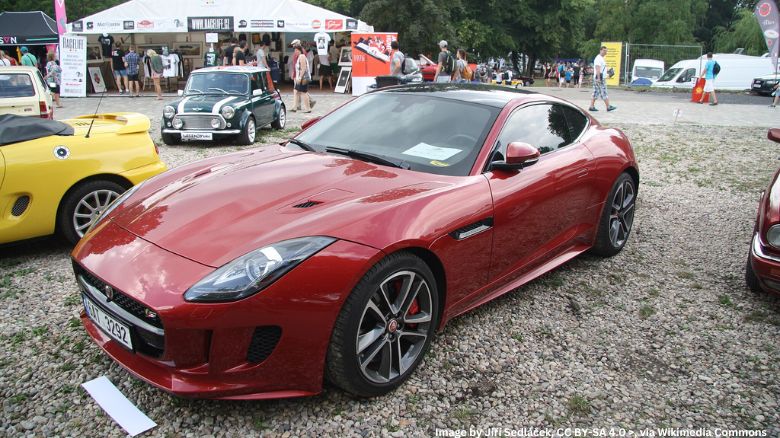
This variant strikes an appealing balance between raw power and the refined driving experience that Jaguar is known for. It’s not just the increase in horsepower that makes the V6 S desirable but also the additional features that come standard with this model.
Adaptive dampers provide a more dynamic driving experience, adjusting to road conditions and driving style for optimal handling.
The inclusion of leather seats adds a touch of luxury and comfort that elevates the interior ambiance.
When considering the drivetrain, a preference for rear-wheel drive and the entry-level trim is suggested. This setup offers a purer driving experience, allowing drivers to fully engage with the F-Type’s performance capabilities without the added complexity and weight of all-wheel drive.
Additionally, given the F-Type’s long bonnet, opting for a model with front parking sensors is advisable to aid in maneuvering and parking in tight spaces.
For those prioritizing a seamless and enjoyable driving experience, an automatic gearbox is recommended.
The F-Type’s automatic transmission is well-tuned to the car’s performance characteristics, offering smooth shifts and responsive acceleration that complements its sporty nature.
Which would I pick? It depends. If I were looking to daily-drive an F-Type it would be the V6 S.
However, if I were going to be using it more sparingly, as a weekend car perhaps, I wouldn’t be able to resist the V8 option!
Alternative Options: Exploring Comparable Marvels
The used Jaguar F-Type Convertible occupies a unique position in the market, nestled between the Porsche 718 Boxster and the Porsche 911 Convertible in terms of pricing.
However, when it comes to value, the F-Type Convertible leans closer to the Boxster, presenting itself as a compelling option for those seeking the performance and prestige of a luxury sports car without the steeper price tag associated with the 911.
But let’s face it, the F-Type offers something very different and perhaps more refined than both of these alternatives.
To Summarize
The Jaguar F-Type presents an intriguing proposition as a long-term, thoroughly driveable investment.
The potential of certain F-Type models, particularly those that embody rarity, performance excellence, and historical significance, to become future classics is evident.
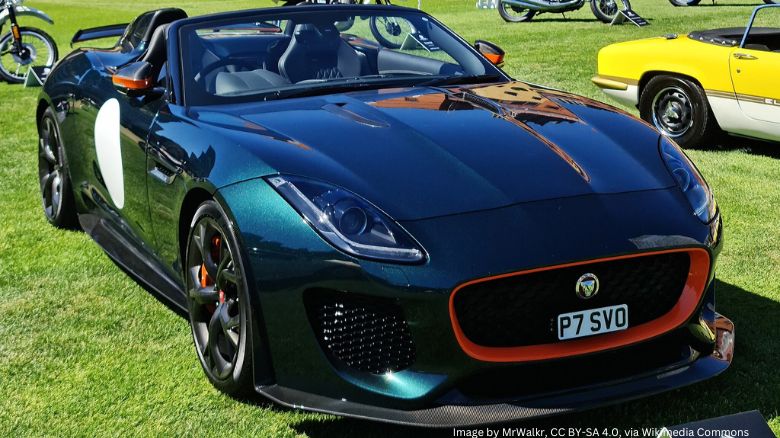
While models such as the V6 S offer a great opportunity to own and daily-drive a luxury Jag sports car.
However, investing in an F-Type, or any classic car, is not without its risks.
Maintenance costs, the threat of further depreciation (given its relatively young age), and market volatility are significant considerations that require due diligence and strategic planning to navigate successfully.
By prioritizing rarer models, insisting on thorough pre-purchase inspections, and preparing for the realities of luxury car ownership, investors can mitigate these risks and position themselves for a potentially rewarding long-term investment.
Given its E-Type roots, and that it was offered in V8 guise and had a manual gearbox option (two things that are well on their way out), I personally believe the F-Type has all the ingredients needed to one day become a classic.
If I were to be buying one now I’d certainly want to be getting the most out of it, and would accept the impact that may have on its future value.
As with all investments, a careful approach, informed by research and passion, is key to unlocking the F-Type’s potential
ABOUT THE AUTHOR
Adam Chinn writes about the intersecting worlds of classic cars, driving pleasure, and smart investment strategies. Starting his journey at 26, he’s proven that one doesn’t need to be wealthy to begin investing in classic cars.
Adam’s insights have been recognized on platforms such as MoneyInc, Swagger Magazine, and Top Speed.

